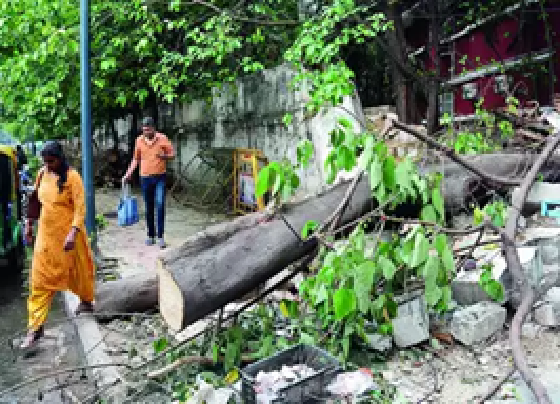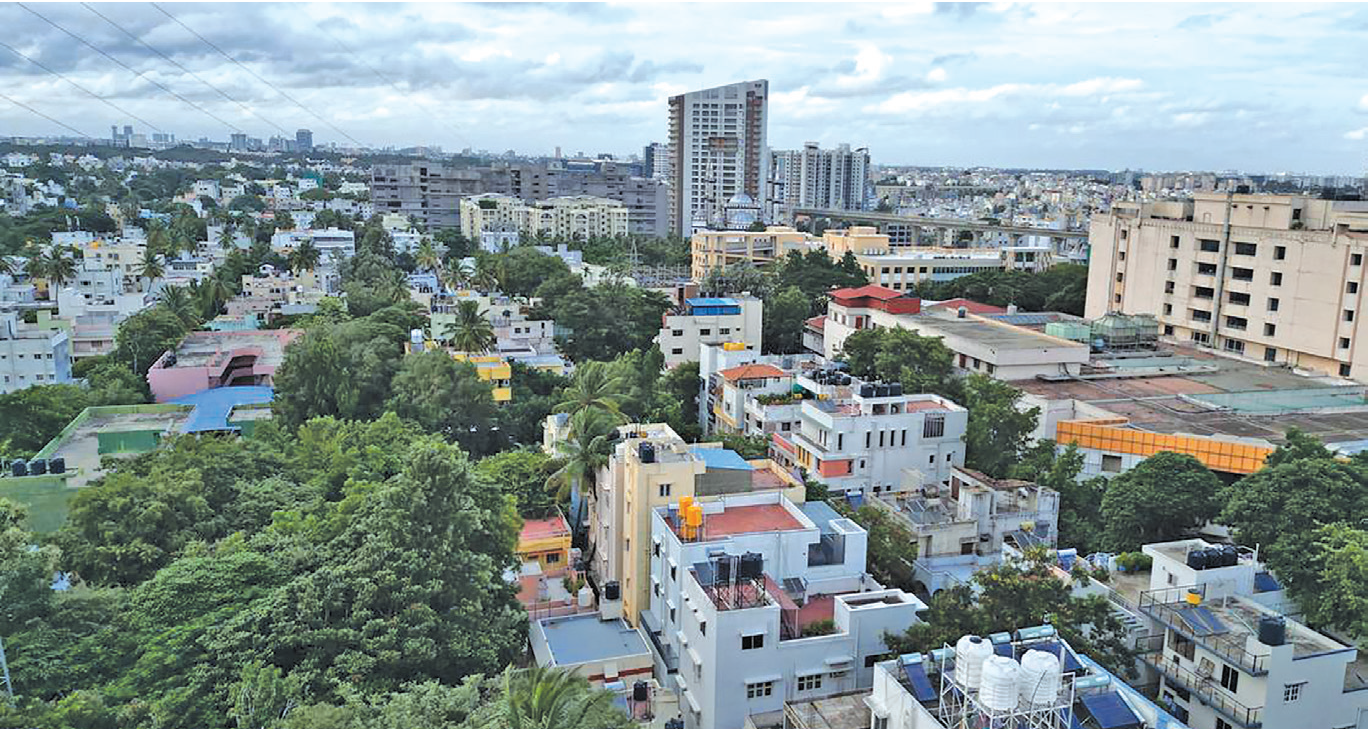
Water shortage, urban challenges and infrastructure gaps: Murugesh Palya's growing pains amid economic boom
Sowmya Raju | NT
Bengaluru: Murugesh Palya is a ward in the Bangalore East zone of the Bruhat Bengaluru Mahanagara Palike (BBMP).
It is located in the eastern part of the city and is bordered by the wards of Konena Agrahara, HAL Airport, and Kodihalli.
The ward has a population of over 50,000 and is home to several educational institutions, including the Indian Institute of Science, the National Institute of Technology Karnataka, and the PES Institute of Technology.
The ward is also home to several commercial establishments, including the HAL Airport, the ITPB, and the Manyata Tech Park.
The community is grappling with a severe water shortage that extends beyond the current summer season, indicating an ongoing crisis.
Residents assert that the area has been plagued by water scarcity throughout the year for several consecutive years.
One resident remarked, "Our area is supposed to receive a minimum of 40 million litres per day (mld) of water, but we are only getting 10 mld."
He highlighted that, on average, a person in Bengaluru consumes 750 litres of water daily, whereas in our locality, an individual receives a mere 136 litres.
This allocation is grossly insufficient. Moreover, the area faces challenges with waste management due to understaffing by the Bruhat Bengaluru Mahanagara Palike (BBMP).
Despite a requirement for 110 garbage collectors across the ward, residents claim that only 33 are currently employed.
A resident stated, "We have been instructed to segregate wet and dry waste, but the collectors often mix them upon collection."
He further alleged that inconsistent collection schedules prompt residents to discard waste on road verges.
In response, another resident commented, "While the BBMP bears some responsibility, residents must also take initiative to maintain cleanliness and refrain from littering."
The ward's insufficient pedestrian infrastructure poses significant challenges for children with special needs, senior citizens, and people with disabilities (PWD).
Deepthi, a concerned mother, notes, "Pedestrian pathways are either nonexistent or damaged, often obstructe d b y parked vehicles and encroached upon by twowheelers."
This situation heightens risks for those with limited mobility and compromises the independence and safety of PWD individuals.
The neglect of pedestrian amenities not only jeopardises safety but also contributes to social isolation among these vulnerable groups, emphasising the urgent need for inclusive infrastructure.
She added, "There are approximately 12 children with special needs in our vicinity, and they lack accessible spaces for recreation. Notably, there isn't a single park or playground nearby."
The absence of accessible recreational spaces profoundly affects the 12 children with special needs and other children, senior citizens as well in our community.
Without suitable parks or playgrounds, these children face barriers to essential physical activities and social interactions vital for their development.
This deficiency not only limits their engagement but also reinforces feelings of exclusion and places added strain on caregivers.
It underscores the urgent need for inclusive infrastructure to support all residents, including those with special needs. Currently, the area relies heavily on water tankers for its supply, highlighting the severity of the ongoing water shortage crisis.
This dependency underscores the urgent need for sustainable water management solutions to address the community's pressing needs.
The presence of IT companies in the ward has led to a sudden surge in street food vendors and on-road parking.
The influx of employees and visitors seeking quick and affordable food options has encouraged the proliferation of street food stalls, transforming sidewalks and public spaces into bustling food hubs.
This rapid expansion of street vending has also exacerbated parking issues, as the limited parking spaces are frequently occupied by both vendor vehicles and customers.
While the street food culture adds vibrancy to the area, it intensifies urban challenges related to congestion, sanitation, and pedestrian accessibility.
 English daily published in Bengaluru & Doha
English daily published in Bengaluru & Doha






